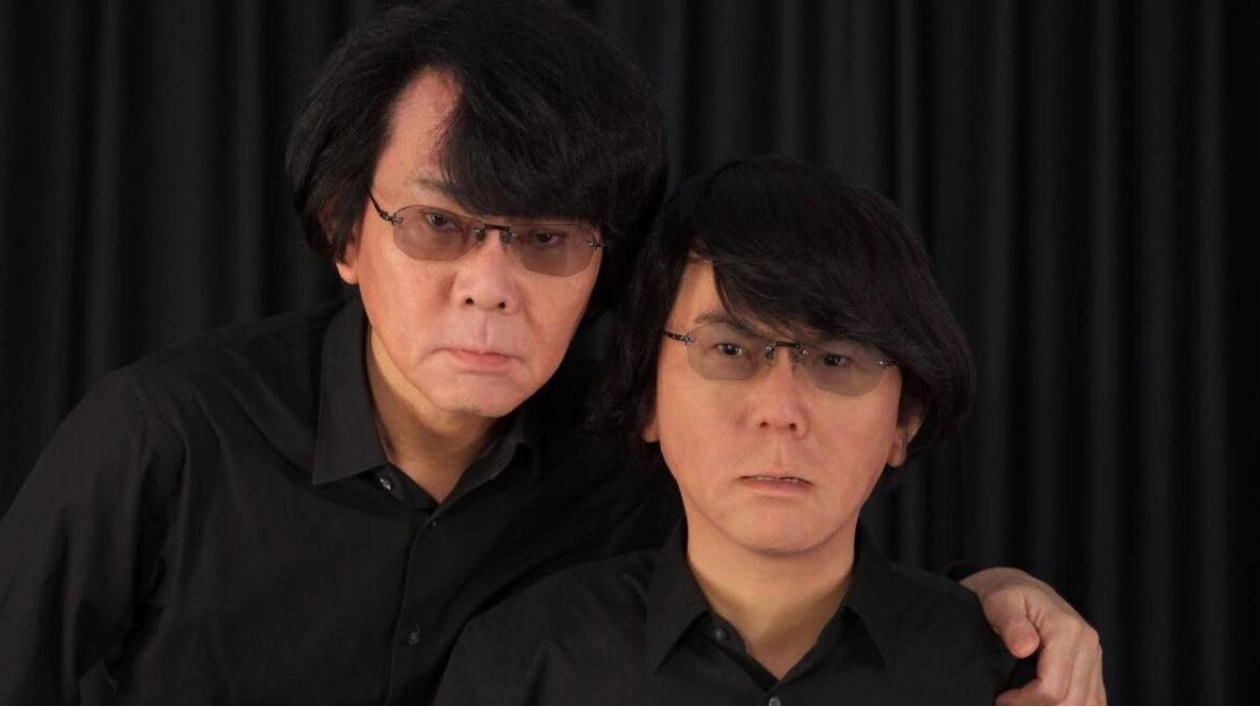Envision a world where convenience is just a button press away, and robots effortlessly blend into our daily routines, boosting efficiency and reshaping our existence. Across healthcare, hospitality, manufacturing, and maintenance, robots are transforming industries with unparalleled precision and effectiveness. However, as these mechanical wonders become more commonplace, concerns emerge: Could human interaction fade? Are jobs in danger of being replaced by robots? To tackle these issues, Dr. Hiroshi Ishiguro, a Professor at the University of Osaka, explores Japan's advanced robotics. He discusses Japan's innovative strategy to develop avatars that act as our proxies, enabling remote presence and interaction in novel ways. By analyzing the deep impacts of this technology, Professor Ishiguro provides insights into how Japan's innovations can align with human values, ensuring that the ascent of robots enriches rather than diminishes human experiences.
Thanks to significant advancements in large language models, we have overcome critical hurdles in robotics. Despite over two decades of work on interactive conversational robots, the main challenge was always the quality of conversations. However, large language models have completely addressed these issues. Now, we can deploy robots and conversational agents in real-world settings. Particularly in Japan, where there is a positive cultural acceptance of integrating robots into daily life, I firmly believe that within ten years, we will see widespread use of human-like robotic agents in our society.
In recent years, the robotics sector has experienced a notable revival, often termed the 'second boom of humanoid robots.' This resurgence is fueled by the integration of large language models with humanoid robots, a development that promises to revolutionize the field. This follows the initial boom more than two decades ago, highlighted by the creation of pioneering robots like Honda's Asimo and Sony's QRIO. Currently, companies such as Boston Dynamics, OpenAI, and Tesla are at the forefront, developing robots that increasingly mimic human interactions and capabilities. Professor Ishiguro observes: 'We are in the second boom of the humanoid. OpenAI is constructing a human robot. Other AI companies are also involved. Tesla is developing a human-like robot because large language models are highly effective for human interactions.' With this integration, the future of robotics appears bright. 'If we closely link robots with large language models, the robots will closely resemble humans. As this technology advances, we can anticipate humanoid robots becoming a staple in daily life, especially in cultures like Japan's, which are receptive to robotic integration,' explains Professor Ishiguro.
In the dynamic realm of robotics, Professor Ishiguro emphasizes the unique role of technology in human evolution. 'Technology is an evolutionary step for humans. Without it, we cannot truly be human,' Ishiguro asserts. This profound connection between humanity and technology is propelling the second boom in humanoid robotics. Professor Ishiguro elaborates: 'We live in different countries, yet we can communicate using smartphones. Vaccinations for Covid-19 and antibiotics are all technologies. We cannot separate humans from technologies.' This seamless integration extends to robotics, where AI and humanoids are becoming essential. 'Certainly, we want to use more AIs, more robots. For instance, humanoids can guide people in amusement parks and stations, and there are numerous potential applications,' says Ishiguro. As Japan grapples with a declining population and immigration issues, robots offer a solution. Ishiguro notes: 'Our population is expected to halve within 50 years. Therefore, we need to increasingly utilize robots for seamless interactions.' Professor Ishiguro foresees a future where robots enhance human life, boost productivity, and create better job opportunities. 'By employing AI and robots, we can lead a much improved life,' he concludes.
As robotics continues to make groundbreaking strides, Professor Ishiguro highlights the importance of international partnerships. Dubai, with its global prominence, emerges as a key collaborator. 'Dubai is highly international, with 90% of its population originating from various countries. It's a hub for airlines, making it a very convenient location,' says Professor Ishiguro. He envisions Dubai not only as a physical hub but also as a virtual one. 'Dubai needs to transform into a cyber-physical, virtual world hub. With avatars, lengthy flights could become unnecessary. Dubai can serve as the hub of a virtual world,' he explains. This vision aligns with Dubai's readiness to embrace new technologies. 'This country is very open to adopting new technologies. Compared to the West, they are more accepting of human-like robots or avatars. It's quite challenging,' says Ishiguro. In his strategic approach, Ishiguro aims to cultivate international markets from Dubai, leveraging its open and progressive culture. 'Japan is very local and it is not easy to be international. Dubai is international from the start and has a positive culture to embrace new technologies,' he concludes. Through such collaborations, Dubai is poised to redefine its global role, embracing the future of robotics and virtual connectivity.
The future of the robotics industry is brimming with potential, driven by advancements in industrial robots and autonomous driving technology. According to Yahoo Finance, the market is expected to grow by 24.4% to reach $231.85 billion by 2030. This growth is primarily attributed to industrial applications and autonomous vehicles, rather than interactive conversational robots, which are still in their infancy. Professor Ishiguro suggests that humanoid robots could soon find roles in security, albeit on a small scale. He acknowledges the current developmental phase of humanoid robotics, stressing the need for significant advancements in the next three to five years to facilitate widespread adoption. Reflecting on the trajectory of robotics, Professor Ishiguro draws parallels with autonomous driving technology, which took three decades to mature into a viable market. Similarly, he predicts a gradual evolution for conversational interactive robots, urging patience and sustained research efforts. Advising students and researchers entering the field, Professor Ishiguro emphasizes the interdisciplinary nature of robotics. He believes that robotics will increasingly bridge the gap between engineering and social sciences, offering deep insights into cognitive functions and human behavior.






